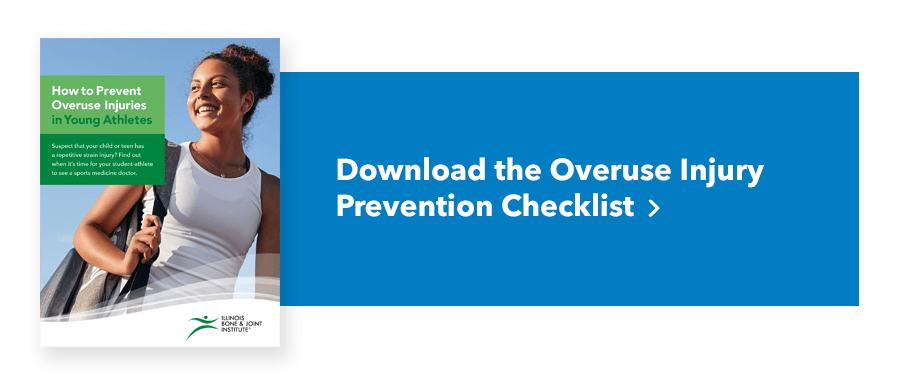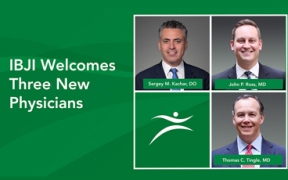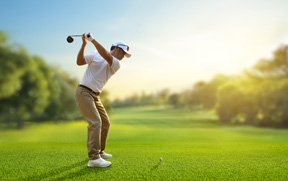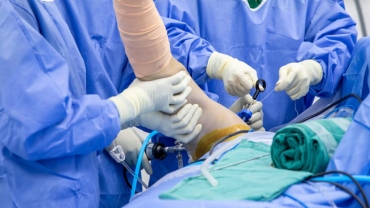Overhead throwing injuries are increasingly becoming more common as the focus has shifted to increased participation in a single sport. Moreover, the seasons are becoming longer as participation has increased as games are played year round in various indoor and outdoor leagues starting at a very young age without adequate rest. IBJI's Dr. Priyesh Patel tells us everything we need to know about elbow overuse injuries for youth athletes.
Repetitive overhead throwing places significant stress on the skeletally immature elbow, particularly the inside portion of the elbow. The medial epicondyle growth plate is weaker and more prone to injury from the overhead motion and the pull of the muscles in the forearm and wrist. The medial epicondyle growth plate is the last to fuse and is more likely to be injured.
As a result, more and more youth athletes are injured and undergoing Tommy John surgery, which is a surgical procedure to replace the ligament that connects the upper arm to the forearm. More and more athletes are relying on this surgery to continue throwing. The little league organization has excellent guidelines on placing limits on pitch counts, innings pitched, and promoting rest based on age. Studies have shown a direct relationship between innings pitched and number of pitches per outing to increased throwing injuries.
Throwing technique and conditioning are major factors in minimizing injury. Working on strengthening of the shoulder, elbow, forearm, wrist, back and the core can minimize injury.
Diagnosis
An orthopaedic surgeon can help diagnose and treat overhead throwing injuries. On exam, there is often pain over the inside portion of the elbow and loss of motion around the shoulder and elbow. X-rays can show signs of injury to the growth plate and sometimes an MRI can be performed to diagnose the injury to the ulnar collateral ligament of the elbow.
Treatment
Initially, treatment starts with rest and physical therapy to improve motion, flexibility and strengthening. However, if there is a fracture of the growth plate, depending on the amount of displacement, nerve symptoms, and the presence of instability, surgery might be indicated.
Usually return to support is not indicated if there is pain associated with throwing activities. Warming up before each game and throwing session is important to minimize injury. "I always tell my patients that oftentimes parents and coaches can pick up on signs of fatigue and altered throwing mechanics sooner than the athlete. Also cross training with another sport that does not require throwing minimizes the risk of injury," says Dr. Patel.
Usually, for the majority of athletes a period of rest and physical therapy can allow the athlete to return to the sport in 6-8 weeks. For those athletes that require surgical intervention, the recovery can be 6 to 9 months. Despite surgical intervention one in five patients may not be able to return to the pre-injury level of participation.
It's important to emphasize to the athlete and to the family that if a scholarship or seeking a career in the sport is important, then rest, strengthening, and flexibility are essential to achieving that dream.
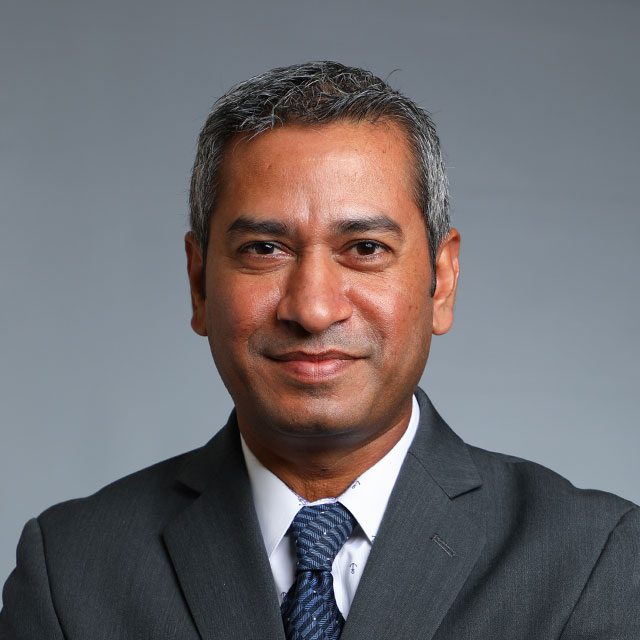
Priyesh Patel, MD
Priyesh Patel, MD, is a fellowship trained, dual board-certified orthopedic surgeon specializing in hand and upper extremity and microvascular surgery.
*This content is for information only and is not intended to replace the diagnosis, treatment, or medical advice from your treating healthcare professionals. The content does not provide medical advice, does not constitute the practice of medicine or other healthcare professional services, and does not create a doctor-patient relationship. You should not rely on this information as a substitute, nor does it replace professional medical advice, diagnosis, or treatment. If you have concerns or questions, seek the advice of your healthcare professionals. If you think you may have a medical emergency, call your doctor or 911 immediately. Do not rely on electronic communications or communicate through this website for immediate, urgent medical needs. This website is not designed to facilitate medical emergencies. The use of the information is at the reader’s own risk. The links are provided for information and convenience only. We cannot accept responsibility for the sites linked or the information found here. A link does not imply an endorsement of a site.

